When building a bird friendly garden, you don’t have to tear up the Garden. Even if you live in an apartment with a tiny balcony or small courtyard, you can still participate in wildlife gardening. A successful garden for wildlife is built on four provisions: shelter and protection, food sources, water sources, and nesting areas. It isn’t difficult to incorporate any of these things into an aesthetically pleasing plan.
- Don’t be a neat freak
Garden debris – dead leaves, plant stems and the like – provide all sorts of benefits for birds who gather this material for their nests - Let the soil settle. To increase populations of earthworms and beetle larvae, including cockchafers, don’t dig your garden soil unless you’re planting. Lay compost on top to provide habitat for invertebrates and foraging for blackbirds and robins.
- Plant as many native species as you can, the more you include the more niche habitats you can create and the wider the variety of wildlife you will attract. Invertebrates need warm sheltered sites (hedges, shrubs, trees). You will find that many of our native trees and shrubs also flower and fruit, and some of the more important to include are birch, hazel, ivy, bramble, elder, blackthorn & dog rose (these will also attract birds and small mammals to the fruit and nuts).
- Feed the birds: Regularly provide a diversity of food to attract a range of birds. Try making your own! The number of visitors will build up over the years. Take into account that different birds feed at different levels and eat different kinds of seed, fruit and fats. Research the birds in your area and tailor your feeding to their needs. Many birds such as blackbirds, thrushes, starlings and dunnocks (hedge Sparrow) will use the lawn to hunt for worms, insects and leatherjackets. Green woodpeckers will visit too for their favourite food, ants. Avoiding all chemicals that eliminate these food-sources is essential to a wildlife lawn and limiting compaction allows birds access to probe below its surface.
- Don’t forget the insects
They’re aren’t as photogenic as birds, but without insects none of your fruit trees will be pollinated and the birds will have nothing to feed on. Insect hotels have become a popular purchase at the garden centre in the past few years, but often their impact is limited by their small size. - Help with hedges. Hedges and shrubberies are brilliant for wildlife, providing much of the food, shelter and breeding sites that your garden wildlife need. Wait until winter to cut your hedges so you don’t disturb nesting birds or impede growth. Hedges should comprise a mix of native shrub species, such as hawthorn, to provide food for invertebrates.
